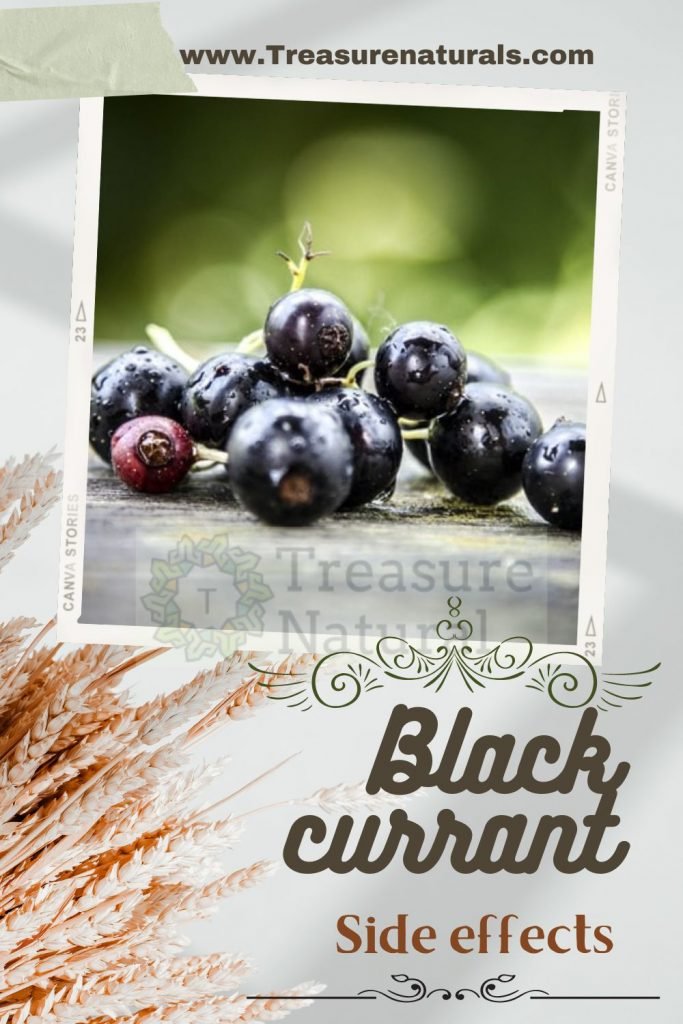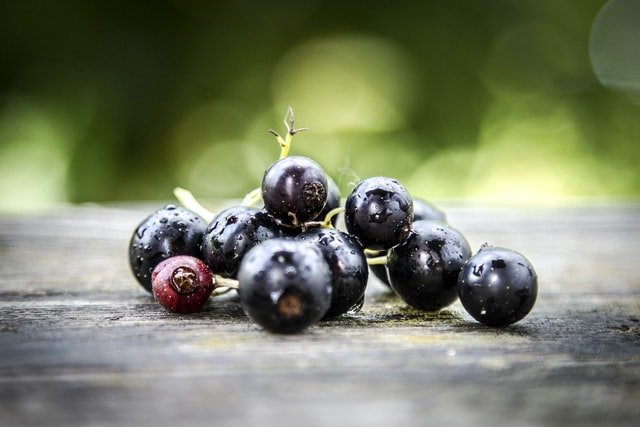
Black currant (Ribes nigrum) is a domesticated plant, which is also found in the wild, native to the mountainous areas of Eurasia. Well known for its anti-inflammatory and antihistamine action, in the past it was used to heal pestilences and fevers, while today it is useful against conjunctivitis and allergy. Let’s find out the characteristics and side effects of black currant.
Black currant: characteristics and properties
Black currant is a deciduous shrub, with large and petiolate leaves, whitish-green flowers collected in hanging racemes and globose black fruits, rich in seeds. Compared to red currant, it differs not only in color, but also in aroma and flavor.
Black currant is used in all its parts and has several therapeutic actions:
- stimulates the adrenal glands to produce cortisol
- counteracts any type of stress or injury,
- stimulates the conversion of proteins into energy,
- eliminates inflammation,
- temporarily inhibits the action of the immune system against allergies,
- promotes the elimination of urea,
- reduces blood cholesterol levels,
- it has an astringent, vasoprotective and refreshing action
For this reason, black currant is useful in case of asthma, rhinitis, bronchitis, laryngitis, dermatitis and conjunctivitis, for capillary fragility and couperose.
The side effects of black currant

Black currant can have several side effects such as
- pressure increase,
- interaction with anticoagulants and psychotropic drugs,
- allergic reactions.
In case of pregnancy and breastfeeding, its use is not recommended.






